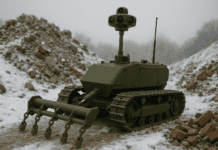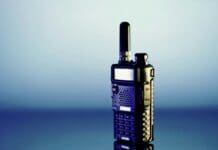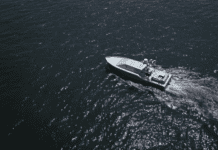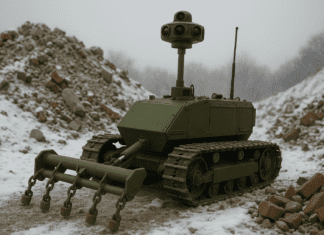
This post is also available in:
 עברית (Hebrew)
עברית (Hebrew)
Keeping firefighters safe and communicating with them have been major technical challenges for decades. While outdoors, they can use GPS to track one another, and radios to stay in communication. But when they move into a steel and concrete building, these technologies suddenly become unreliable.
A research team at NASA’s Jet Propulsion Laboratory (JPL) has developed a tracking system that could present solutions for these issues. Recently, the team has demonstrated the system, called POINTER (Precision Outdoor and Indoor Navigation and Tracking for Emergency Responders), for national and regional leaders in the first-responder community. The tracking technology could also benefit search-and-rescue teams in industrial or military contexts.
“To this day, the ability to track and locate first responders is a number one priority for disaster agencies across the country,” said Greg Price, Department of Homeland Security (DHS) First Responder Technologies Division director. “If the POINTER project continues along its current path of success, first responders will be safer in the future.” Price observed the demo, along with DHS Under Secretary for Science and Technology Reginald Brothers and Deputy Under Secretary Robert Griffin. In September, representatives from fire departments across the U.S. visited JPL for a demonstration of POINTER.
According to ecnmag.com, the technology is being developed further so that it can be miniaturized and prepared for commercialization. Besides first responders, the need for this technology spans industrial, military and space applications.
Dr. Darmindra Arumugam, a researcher at JPL and his team put together a field transmitter that fits on a backpack, and they’ve shown it can be shrunk down to a device that weighs 11 grams. Over the next few years, JPL will be working to shrink POINTER even further, until a transmitter is small enough to fit into a pocket or on a belt buckle.
Arumugam said a device of this type could be a lifesaver for future search-and-rescue teams, but has wide potential application beyond that.
“POINTER could be used in space robotics,” he said. “It could be used for tracking robots in underground tunnels, caves or under ice. They need to be able to navigate themselves, and we don’t have sensors today that would be able to track them. For us, this is a great opportunity to develop a technology for NASA and non-NASA uses.”
Ed Chow, manager of JPL’s Civil Program Office and POINTER program manager, said a cellphone-sized tracker would integrate well with another first responder technology called AUDREY. This artificial intelligence system would distribute real-time data across a team of first responders, but distributing relevant information depends on knowing each member’s exact location in the field.

























